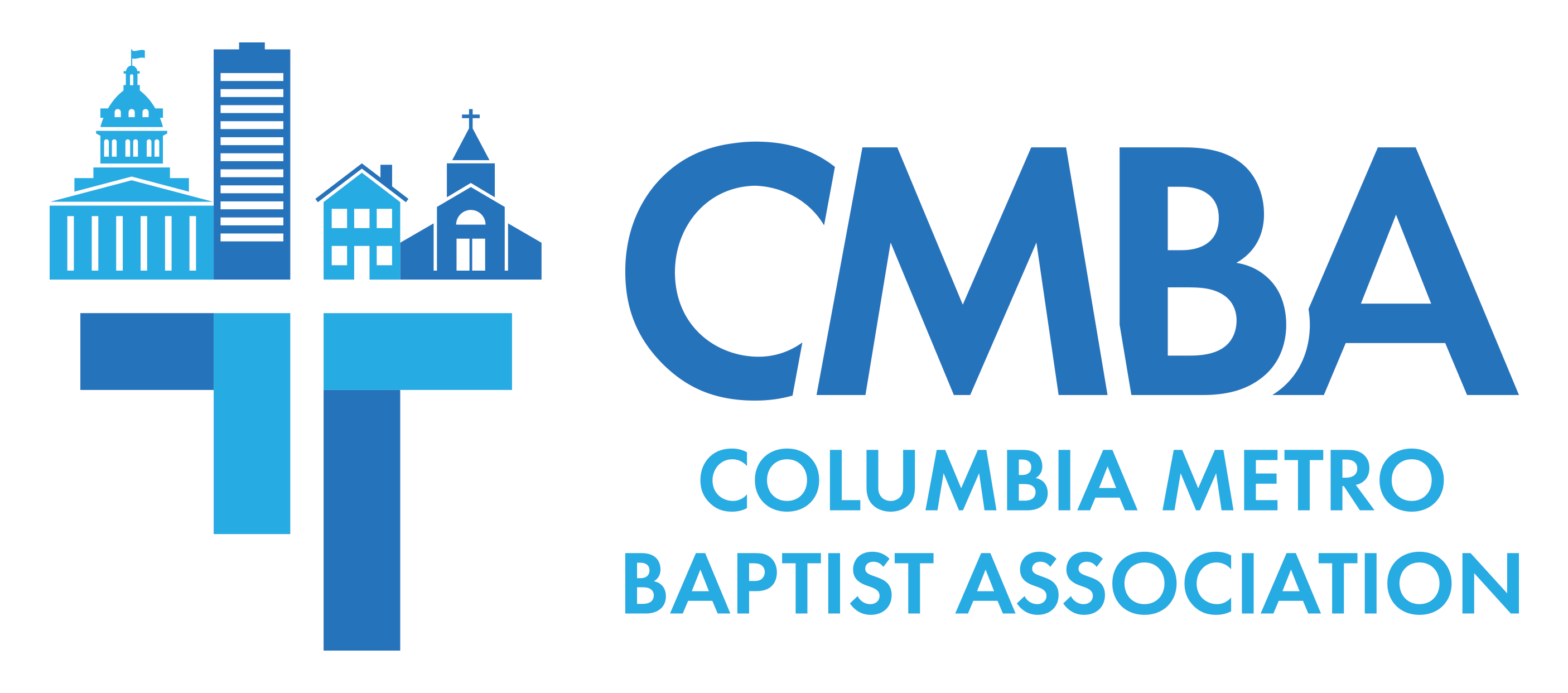- Population: The population of the associational fellowship area is almost 500,000 – up from 300,000 in the early 1980s. Today there is one CMBA congregation for every 5,000 people. In 1980 there was one for every 2,500 people. From a macro perspective, we are diminishing in our presence and witness as CMBA.
- Diversity: The population of the associational fellowship area is a majority-minority with the core county now approaching or has already achieved a majority Black population. There are @15 formally organized non-English and/or non-Anglo cultural fellowships/associations in the CMBA area. The international festival at the state fairgrounds in two weeks will have 100 nationalities present. Additionally, more than 2,000 international students are enrolled in the colleges and universities in the CMBA area.
- Socio-Economics: According to the US government Depressed Communities Index (DCI), seven zip codes in CMBA are depressed communities regarding income, education, housing, employment, and other factors. Six of the seven have a majority Black population. On the opposite side, only 17 zip codes in the USA are rated as affluent and have a majority Black population. Only three are in the South. One is in the CMBA area. It is zip code 29229 in Northeast Richland County.
- At-Risk Congregations: Forty percent of CMBA congregations are at-risk congregations who may not exist ten years from now. The vast majority of these are Overly Churched Culture Congregations with an expressed loyalty to their own church which is greater than their demonstrated commitment to the Great Commission in the spirit of the Great Commandment. Revitalization and replanting may not be the answer for these congregations.
- Mission Field Adoption: The neighborhoods and communities in which at-risk congregations are located and other neighborhoods and communities where we have no congregational expressions need to be adopted as mission fields. They need to be engaged like there is no proactive evangelical witness present. They are full of preChristian, unchurched, underchurched, and dechurched people. This Thursday – May 5th – we will have a lunch dialogue and prayer session in what we are calling Mission Field Alpha.
- Sponsoring/Partnering Congregations: We need 21 congregations who are “all-in” to congregational multiplication and willing to go deep into the actions of comprehensive sponsorship of new congregational expressions. Currently we may have a half-dozen primary sponsors. We want these congregations to deeply partner with at least two other congregations to sponsor a new congregational expression. In lower socio-economic areas this may be a long-term commitment due to the economics and the challenge of creating and sustaining a viable congregation.
- Congregational Multiplication Goal: Our modest numerical goal for this decade is to launch 30 new congregational expressions in the CMBA area. We are less than two years into fulfilling this goal and are working on more than a dozen new congregational expressions – many of whom need sponsorship/partnership that is deep and long-term. These will be free-standing congregations, campuses, location partners with other congregations, and other models. They will need church planters with spiritual, strategic, and financial support from sponsoring/partnering congregations. We particularly need Black church planters.
Contact Robbie McAlister –
New Congregational Expressions Mobilizer

